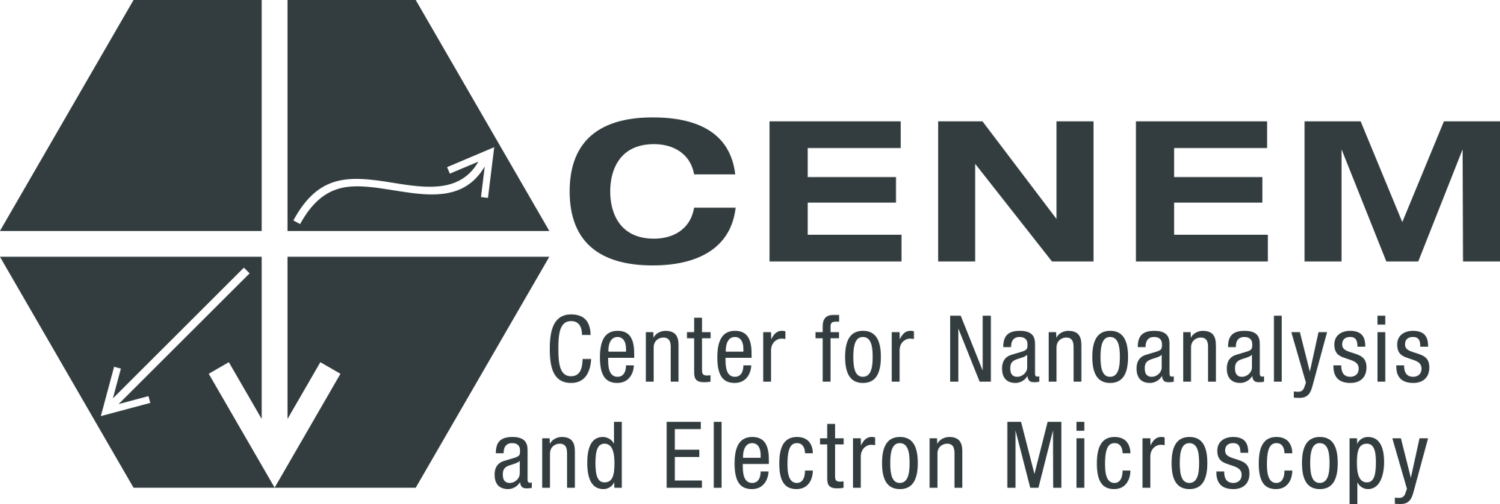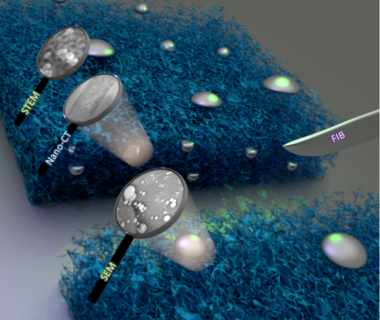Unraveling Structural Details in Ga-Pd SCALMS Systems Using Correlative Nano-CT, 360° Electron Tomography and Analytical TEM
As part of the newly started project CRC 1452: “Catalysis at Liquid interfaces” (CLINT), this work presents a comprehensive structural and analytical characterization of the highly promising supported catalytically active liquid metal solutions (SCALMS) system. This novel catalyst shows excellent performance for alkane dehydrogenation, especially in terms of resistance to coking. SCALMS consists of a porous support containing catalytically active low-melting alloy particles (e.g., Ga-Pd) featuring a complex structure, which are liquid at reaction temperature. High-resolution 3D characterization at various length scales is required to reveal the complex pore morphology and catalytically active sites’ location. Nano X-ray computed tomography (nano-CT) in combination with electron tomography (ET) enables nondestructive and scale-bridging 3D materials research. A correlative approach using nano-CT, 360°-ET and analytical transmission electron microscopy (TEM) is applied to decipher the morphology, distribution and chemical composition of the Ga-Pd droplets of the SCALMS system over several length scales. Utilizing ET-based segmentations of nano-CT reconstructions, it is possible to reliably reveal the homogenous porous support network with embedded Ga-Pd droplets featuring a nonhomogenous elemental distribution of Ga and Pd. In contrast, large Ga-Pd droplets with a high Ga/Pd ratio are located on the surface of SCALMS primary particles, whereas the droplet size and the Ga/Pd ratio decreases while advancing into the porous volume. These studies reveal new findings about the complex structure of SCALMS which are required to understand its superior catalytic performance. Furthermore, advancements in lab-based nano-CT imaging are presented by extending the field of view (FOV) of a single experiment via a multiple region-of-interest (ROI) stitching approach.
- , , , , , , , , :
Unraveling Structural Details in Ga-Pd SCALMS Systems Using Correlative Nano-CT, 360° Electron Tomography and Analytical TEM
In: Catalysts (2021)
ISSN: 2073-4344
DOI: 10.3390/catal11070810
URL: https://www.mdpi.com/2073-4344/11/7/810

